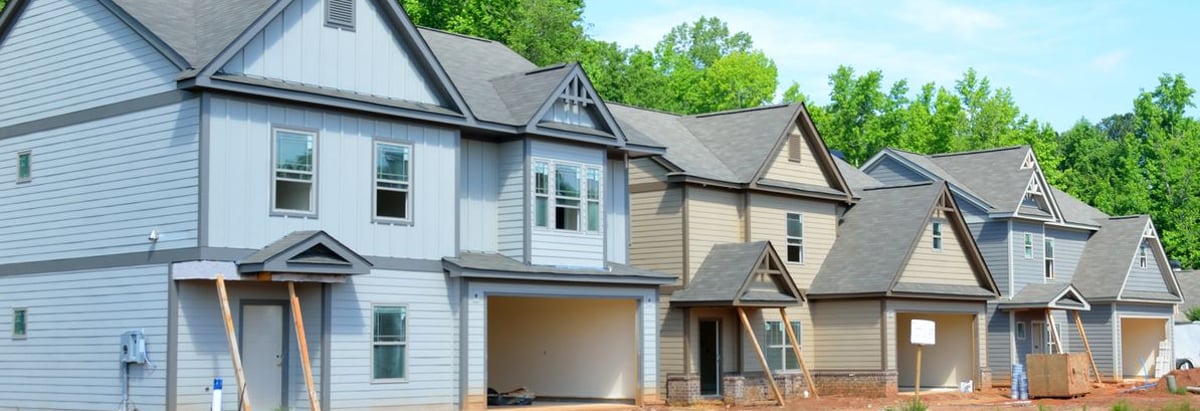Stock Analysis

Howard Marks put it nicely when he said that, rather than worrying about share price volatility, 'The possibility of permanent loss is the risk I worry about... and every practical investor I know worries about.' It's only natural to consider a company's balance sheet when you examine how risky it is, since debt is often involved when a business collapses. Importantly, Huang Hsiang Construction Corporation (TWSE:2545) does carry debt. But the more important question is: how much risk is that debt creating?
Why Does Debt Bring Risk?
Debt and other liabilities become risky for a business when it cannot easily fulfill those obligations, either with free cash flow or by raising capital at an attractive price. Ultimately, if the company can't fulfill its legal obligations to repay debt, shareholders could walk away with nothing. However, a more usual (but still expensive) situation is where a company must dilute shareholders at a cheap share price simply to get debt under control. Of course, plenty of companies use debt to fund growth, without any negative consequences. The first step when considering a company's debt levels is to consider its cash and debt together.
View our latest analysis for Huang Hsiang Construction
What Is Huang Hsiang Construction's Debt?
You can click the graphic below for the historical numbers, but it shows that Huang Hsiang Construction had NT$35.2b of debt in September 2024, down from NT$38.3b, one year before. However, it does have NT$1.62b in cash offsetting this, leading to net debt of about NT$33.6b.
How Strong Is Huang Hsiang Construction's Balance Sheet?
We can see from the most recent balance sheet that Huang Hsiang Construction had liabilities of NT$23.5b falling due within a year, and liabilities of NT$17.0b due beyond that. Offsetting these obligations, it had cash of NT$1.62b as well as receivables valued at NT$804.5m due within 12 months. So its liabilities outweigh the sum of its cash and (near-term) receivables by NT$38.0b.
The deficiency here weighs heavily on the NT$23.4b company itself, as if a child were struggling under the weight of an enormous back-pack full of books, his sports gear, and a trumpet. So we definitely think shareholders need to watch this one closely. At the end of the day, Huang Hsiang Construction would probably need a major re-capitalization if its creditors were to demand repayment.
We use two main ratios to inform us about debt levels relative to earnings. The first is net debt divided by earnings before interest, tax, depreciation, and amortization (EBITDA), while the second is how many times its earnings before interest and tax (EBIT) covers its interest expense (or its interest cover, for short). This way, we consider both the absolute quantum of the debt, as well as the interest rates paid on it.
Huang Hsiang Construction has a rather high debt to EBITDA ratio of 7.6 which suggests a meaningful debt load. However, its interest coverage of 5.8 is reasonably strong, which is a good sign. Notably, Huang Hsiang Construction's EBIT launched higher than Elon Musk, gaining a whopping 787% on last year. When analysing debt levels, the balance sheet is the obvious place to start. But it is Huang Hsiang Construction's earnings that will influence how the balance sheet holds up in the future. So if you're keen to discover more about its earnings, it might be worth checking out this graph of its long term earnings trend.
But our final consideration is also important, because a company cannot pay debt with paper profits; it needs cold hard cash. So we clearly need to look at whether that EBIT is leading to corresponding free cash flow. In the last three years, Huang Hsiang Construction's free cash flow amounted to 33% of its EBIT, less than we'd expect. That's not great, when it comes to paying down debt.
Our View
To be frank both Huang Hsiang Construction's net debt to EBITDA and its track record of staying on top of its total liabilities make us rather uncomfortable with its debt levels. But at least it's pretty decent at growing its EBIT; that's encouraging. Looking at the bigger picture, it seems clear to us that Huang Hsiang Construction's use of debt is creating risks for the company. If everything goes well that may pay off but the downside of this debt is a greater risk of permanent losses. The balance sheet is clearly the area to focus on when you are analysing debt. But ultimately, every company can contain risks that exist outside of the balance sheet. Be aware that Huang Hsiang Construction is showing 2 warning signs in our investment analysis , and 1 of those is a bit unpleasant...
Of course, if you're the type of investor who prefers buying stocks without the burden of debt, then don't hesitate to discover our exclusive list of net cash growth stocks, today.
Valuation is complex, but we're here to simplify it.
Discover if Huang Hsiang Construction might be undervalued or overvalued with our detailed analysis, featuring fair value estimates, potential risks, dividends, insider trades, and its financial condition.
Access Free AnalysisHave feedback on this article? Concerned about the content? Get in touch with us directly. Alternatively, email editorial-team (at) simplywallst.com.
This article by Simply Wall St is general in nature. We provide commentary based on historical data and analyst forecasts only using an unbiased methodology and our articles are not intended to be financial advice. It does not constitute a recommendation to buy or sell any stock, and does not take account of your objectives, or your financial situation. We aim to bring you long-term focused analysis driven by fundamental data. Note that our analysis may not factor in the latest price-sensitive company announcements or qualitative material. Simply Wall St has no position in any stocks mentioned.
About TWSE:2545
Huang Hsiang Construction
Engages in development of residential and commercial properties.

